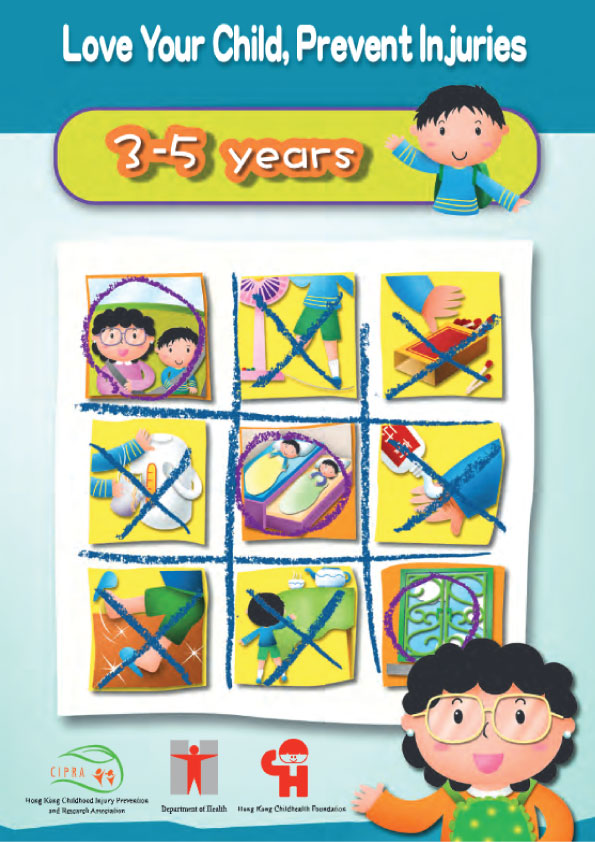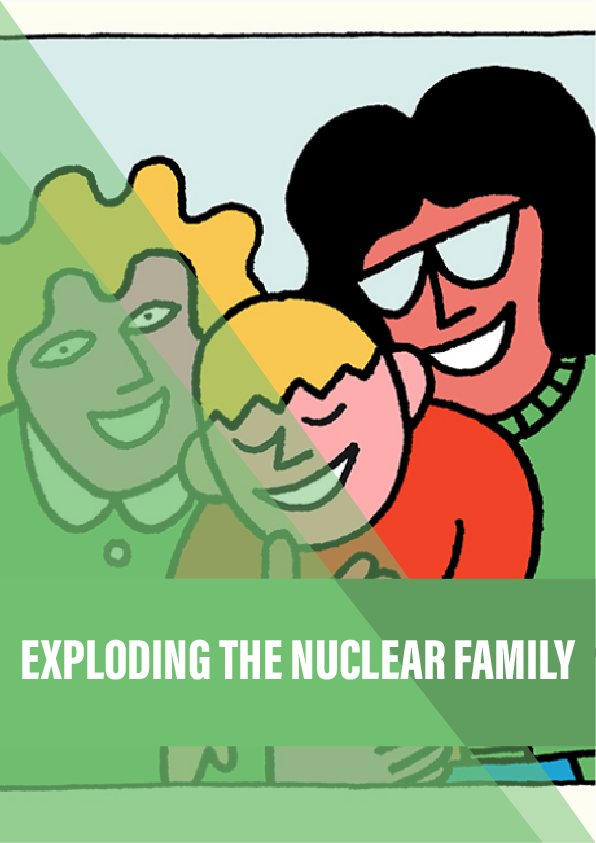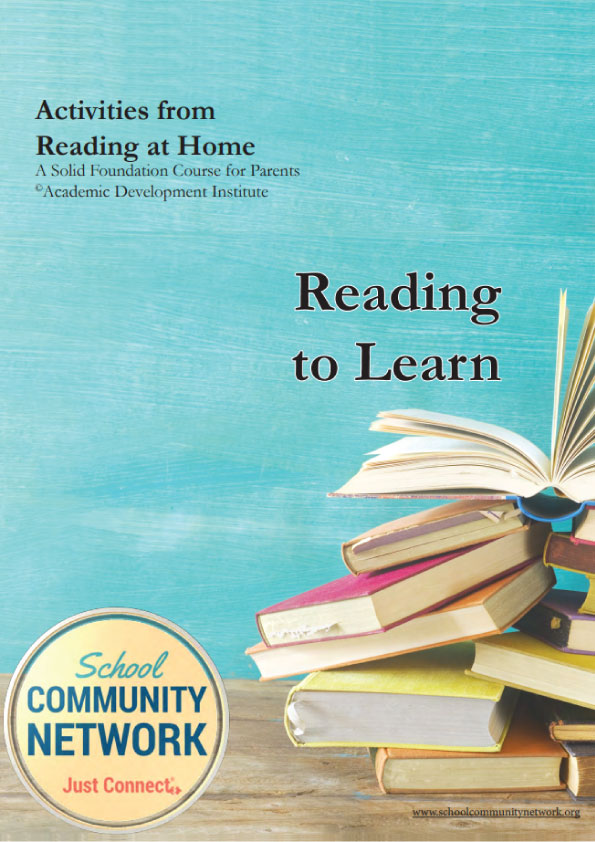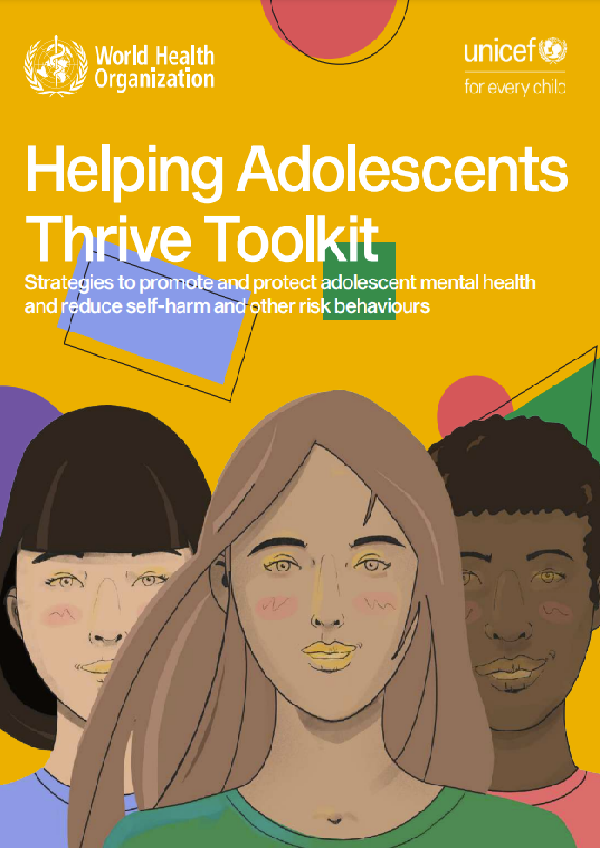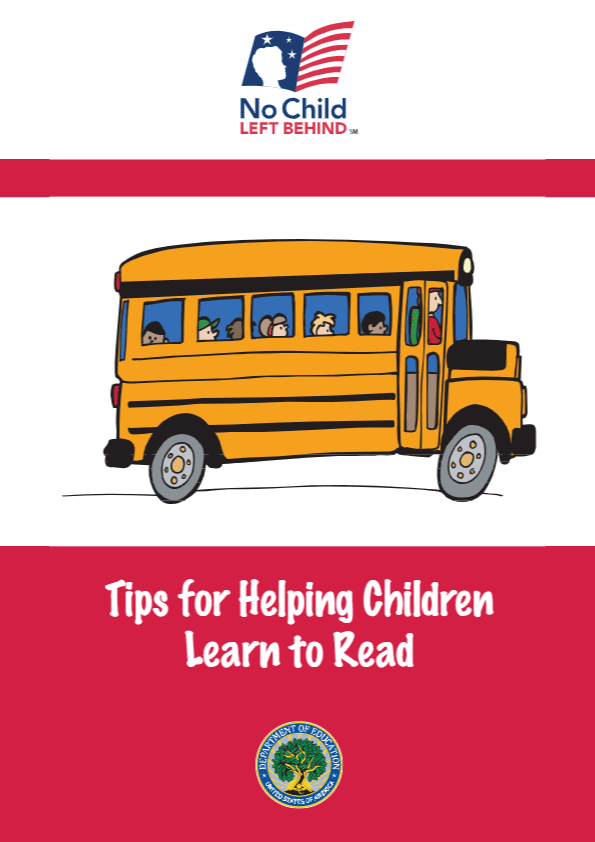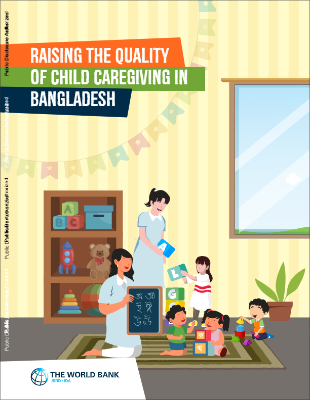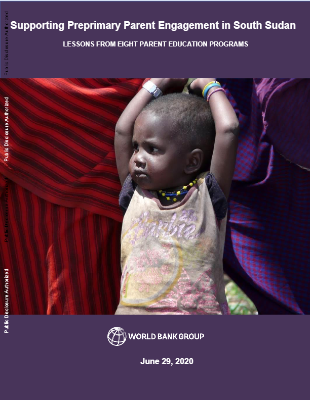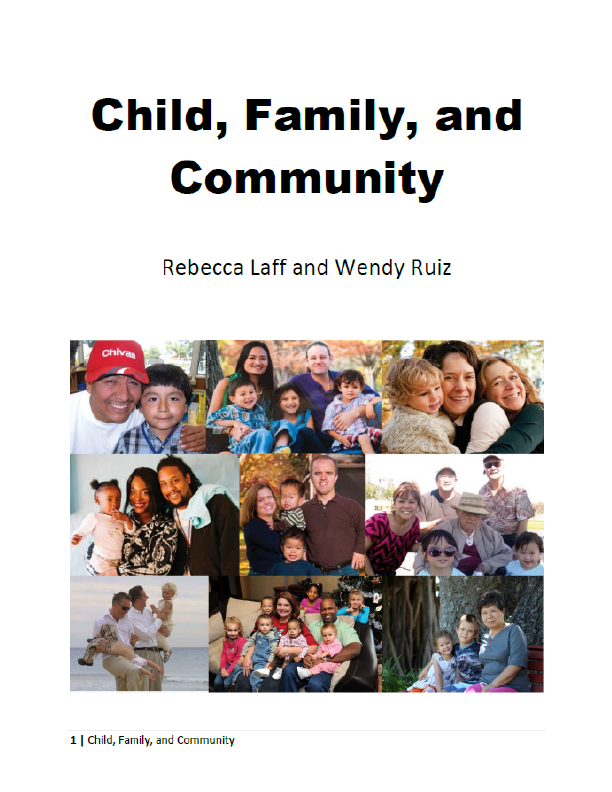Is your child safe?
- Injury is a major child killer. Many children are killed or disabled by injuries every year. To protect your child from injuries, beware of his behaviour and remove all potential risks.
- Children aged 5 or below may not understand or remember what is dangerous. Parents should not over-estimate their ability.
- Tragedies can be caused by errors of judgment. Do not let children make judgment on their own even if you have taught them how to prevent injuries.
- Statistics show that the home is the most common place of injury in children aged 0 to 5 years.
Common injuries in toddlers aged 3 to 5 years:
- With increasing mobility, better physical strength and greater independence, children at this age like to climb, jump and imitate acts that are difficult and often dangerous. Their impulsiveness and lack of judgment make injuries more likely.
- Common injuries at this stage include falls, burns and scalds.
- Seek medical advice promptly after the injury.
Common injuries and preventive measures:
- Falls
- Avoid using bunk beds. Where possible, consider using a bed with an additional retractable bed attached to its base.
- Parents who use bunk beds should avoid letting children sleep on the upper deck. Otherwise, fit strong side rails of appropriate height to the upper deck and install a secure ladder for safe climbing.
- To prevent children from falling, install window guards and fences or wire meshes around balconies.
- Do not let children run around to prevent them from slipping or bumping into walls, doors or furniture.
- Clean up spills such as water or grease on the floor immediately to prevent children from slipping.
- Choose flooring materials carefully. Glossy flooring makes slipping more likely. Small carpets could also cause slipping.
- To prevent both adults and children from tripping over, walkways should be clear of toys or objects. Electric cords should be properly secured.
The upper deck of a bunk bed is not safe for children.
Children can slip on a wet floor when they run around. - Scalds or burns
- Do not let children cook on their own. Young children often scald themselves with hot water when making cup noodles. After putting in hot water, while the foam cup is still cool, the content can be very hot. If the foam cup is not strong enough, it could become soft due to the high temperature. Young children can get scalded if they do not manage to hold the cup firmly.
- Do not place teapots, kettles or thermo flasks near the edge of a table or in a place where children can reach.
- Put matches and lighters away. Warn your children about the dangers of playing with fire.
Management of Scalds
- Place the injured part under slow running water or immerse it in cool water to cool it down. Do not apply ice directly over the injured area.
- Gently remove clothing around the injured area but do not remove clothing adhered to the skin. Wrap it in a piece of clean cloth or bandage.
- Do not apply oils, toothpaste, butter or cooking sauces over the wound. Do not wrap it in adhesive dressings such as band-aids or fluffy cloth.
- Seek medical advice promptly after the injury.
Hot water and fire are very dangerous.
Keep children away from them.
Conclusion:
- Most injuries are preventable. Therefore, parents should be vigilant and learn more about childhood development so as to take appropriate preventive measures.
- Never leave children alone at home or put them in the care of an older child.
- Parents should set a good example for children. Pay close attention to your children to understand their temperament and teach them safety knowledage at the right moments.
- Child care workers such as kindergarten teachers should also give proper guidance to young children to prevent injuries.
